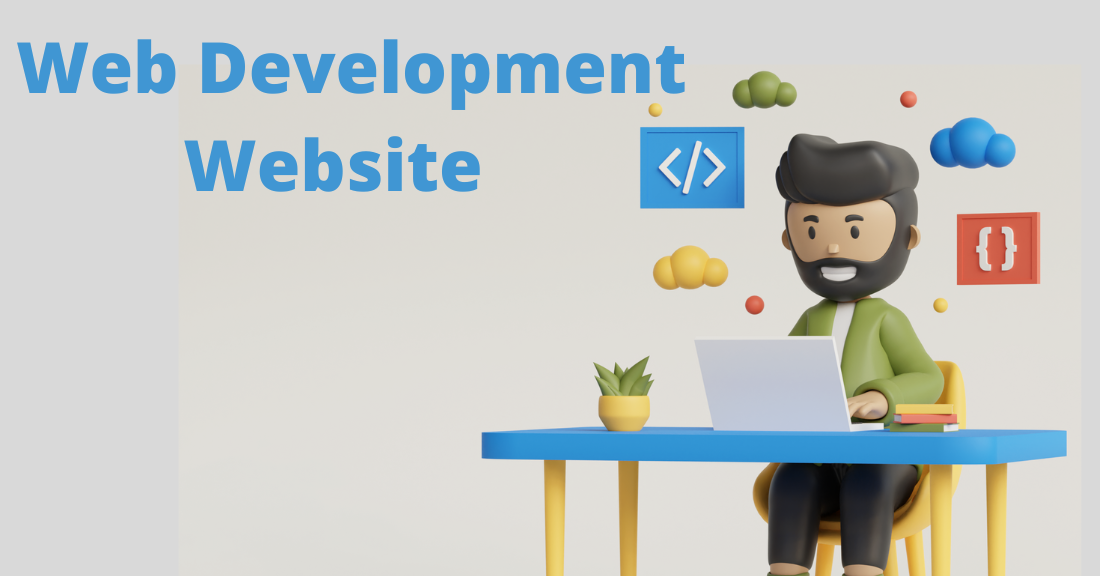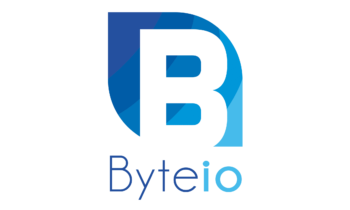
Web development is a vital part of any business, and it’s an industry that’s growing at a rapid pace. To stay ahead of the curve, you need to be familiar with web development terminology and best practices. This article will provide you with some key things to know about website design and development. So read on for some helpful tips!
What is a Web Development Website?
A web development website is a website that is created using web development tools and programming languages. A web developer builds the website’s design, then uses code to create the desired layout and functionality.
Web Development Website Examples:
Types of Websites
There are three main types of websites: website, application, and portal. The application is like a website with multiple pages, but it is not a blog. A Portal website is an online tool that allows users to access different parts of the site through portals.
How to Make a Website
Website creation is simple with the right tools. Here are a few things to know about web development website:
-First and foremost, you’ll need a domain name and hosting account. You can purchase a domain name or get one through your hosting provider.
-Next, you’ll need to create an online presence for your business or organization. This includes creating a website, creating a blog, and setting up social media accounts.
-Most web developers will provide basic design templates or drag-and-drop tools for creating a website. However, you can also create your designs using popular template engines like WordPress or Joomla.
-Once your website is created, you’ll need to add content and promote it online. You can write articles, create videos, and post on social media platforms.
-To keep your website updated and fresh, you’ll need to update the content and graphics regularly. This can be done through blog posts, images, or videos.
The Different Elements of a Website
-You need a domain name and hosting for your website.
-Server software (Windows or Mac) to design, develop, and manage websites.
-Browser plug-ins or extensions (like Google Analytics) to collect website data.
-HTML editor to create the website’s code.
-CSS editor to style the website’s code.
-Javascript library(s) to interact with the user, manage the site’s content, or create custom functions.
How to Add Content to Your Website
You need to know a few things before you start adding content to your website. First, make sure you have a domain name and hosting account set up. You’ll also need to create a website layout, choose a template, create your own, and add content. Once you have the basics in place, it’s time to start writing.
To add content to your website, start creating a new file called “index.html” in your website’s root folder. This file will serve as your website’s home page and should include the following code:
Next, add text and images to your index.html file. You can use any markup or style you want, as long as it’s compatible with the HTML standard. For example, you could include a title element, a paragraph of text, or an image.
You’ll need to use an image hosting service like Imgur or Flickr to insert an image into your website. To upload an image using Imgur, for example, open your index.html file in a web browser and click the “Imgur” link in the top left corner of the page. This will take you to Imgur’s Upload page. On this page, you’ll need to fill in basic information about your images, such as their filename and size. Next, click the “Upload” button, and your image will be uploaded to Imgur.
My Website
Next, add your content to the “body” section of index.html. Use CSS to style your text and images, and include any embedded videos or files using appropriate tags. For more information on styling your website, see our guide on
How to Market Your Website
1. Make sure your website is well-designed and easy to navigate.
2. Make sure all of your content is relevant and useful to your target audience.
3. Use social media to promote your website and get exposure to your work.
4. Create a strong brand identity for your website and use it to attract new visitors.
5. Keep up with the latest web trends to ensure your website looks fresh and modern.
Conclusion
Now that you know more about website development, it’s time to start! Web development tools and programming languages are easy to learn, and various resources are available online. So start planning your website today, and learn everything you need to create a powerful online presence!




